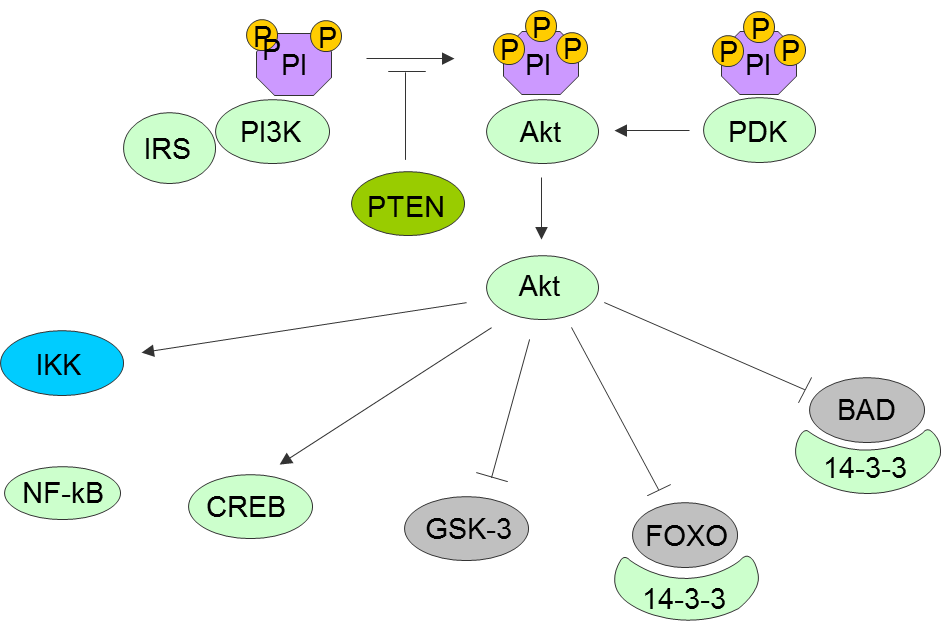
Details on the application
- Full Project Title: Systems Analysis of Key Nodes in Neurodegenerative Diseases
- Acronym: NEURONODE
- Disease Entity(ies): Parkinson’s disease (PD), Amyotrophic lateral sclerosis (ALS), Alzheimer’s disease (AD) and Batten disease (BD)
- Project duration : three years
- Total funding: Total funding of the consortium applied for 1,910,032 €
- Keywords: Parkinson’s disease, Batten Disease, ALS, iPSCs, Alzheimer’s Disease
Scientific Abstract
Neurodegenerative diseases (ND) are characterised by the loss of precise neuronal populations, which at the molecular level can be triggered by alterations in protein homeostasis, defined as changes in protein synthesis, folding and trafficking. Our hypothesis is that although each ND involves distinct culprit proteins and manifests itself in different ways in different brain cells, there exist key common regulatory nodes driving changes in protein homeostasis.
Our proposal brings together a multidisciplinary team, bridging expertise in neuro-receptor function, intracellular protein trafficking regulation, RNA biology, analytical analysis of nerve cells and vesicles, stem cell biology and genomics of mental disorders and systems biology analysis of human diseases. Collaborative partners at Montreal Neurological Institute and Hospital will provide us unique access to neurodegenerative disease patients’ stem cells.
Our aim is to achieve a systems-level understanding of protein homeostasis regulation across several neurological diseases where altered protein homeostasis is implicated to understand where the similarities and differences occur. Specifically, we will: (i) generate heterologous neuronal populations from ALS/PD/AD and Batten disease patients.
This will involve growing-deriving cells for all consortium members; (ii) dissect the control and remodelling of mRNA translation, and the contribution of stress granules in this process, across the disease models; (iii) establish how autophagy, trafficking vesicles and their contents are affected across the disease models; (iv) understand the metabolic and phenotypic impact of the different diseases on neurons and functionally validate if the defects identified in (ii) and (iii) are corrected by manipulating signalling pathways and/or adding neuroprotective agents; and (v) use a systems biology approach to model and map the molecular pathways affected across the disease models to define new regulatory nodes and checkpoints for therapeutic interventions. Such a global comparison of these four diseases will identify common regulatory points for future therapeutic intervention as well as provide novel biomarkers for early onset detection.
